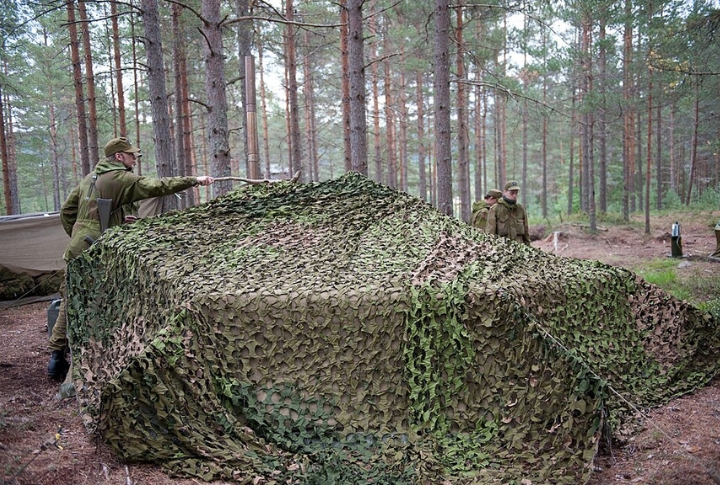
When you zoom out from the big war headlines, you see soldiers juggling more than just weapons. These items were the difference between hope and hardship, comfort and chaos. Curious what made the cut? Let’s talk about the 10 essentials that kept soldiers safe in the relentless demands of war.
Camouflaged Netting
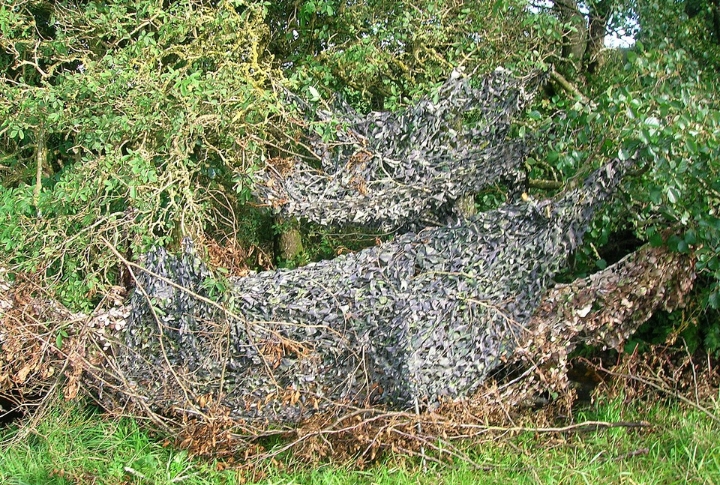
Soldiers used camo nets to hide from enemy aircraft by breaking up shapes and blending into nature. What made them even trickier to spot was the addition of real leaves and branches. Not surprisingly, the enemy sometimes grabbed these nets for themselves and reused them—a clear sign of their important role.
Thompson Submachine Gun
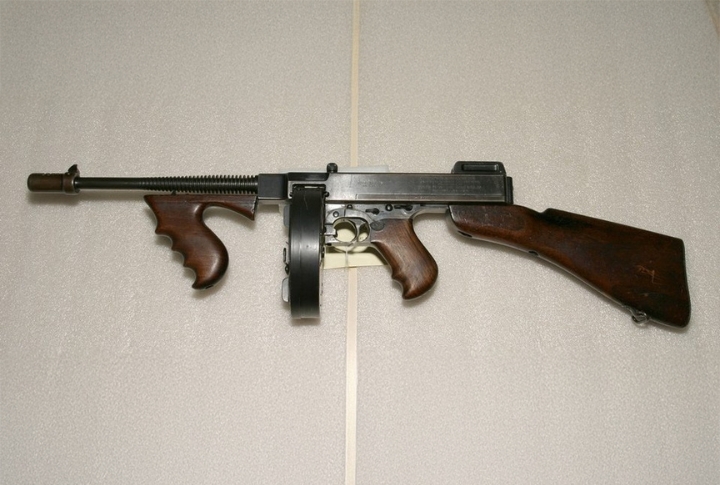
With a firing rate of up to 700 rounds per minute, the Thompson excelled in tight, fast fights. Its heavier frame was no issue for officers who prized its stopping power. This combo made it a key player in jungle and urban warfare, where every second counted.
Wool Field Blanket
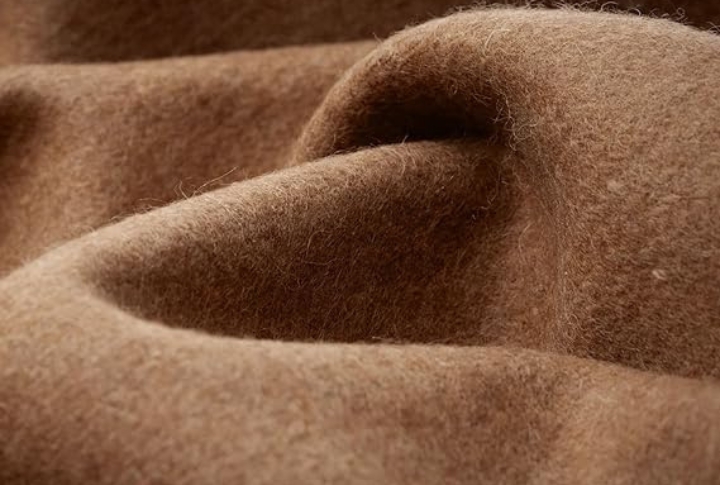
Cold days called for smart gear, and wool field blankets fit the bill perfectly. More than just a cozy wrap, they pulled double duty as stretchers, makeshift jackets, or cushions. That versatility made them an absolute must-have in every soldier’s pack.
Combat Boots With Double Buckles
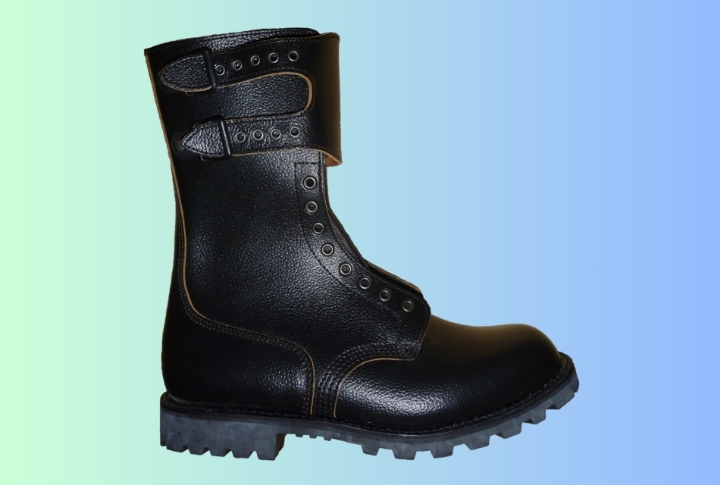
By 1943, soldiers swapped out gaiters for double-buckle boots, which offered better ankle support and kept water out. Sure, they needed regular oiling to stay waterproof, but their tough build and comfort during long marches made them a favorite. Fun fact: these boots even inspired postwar fashion trends.
Entrenching Tool (E-Tool)
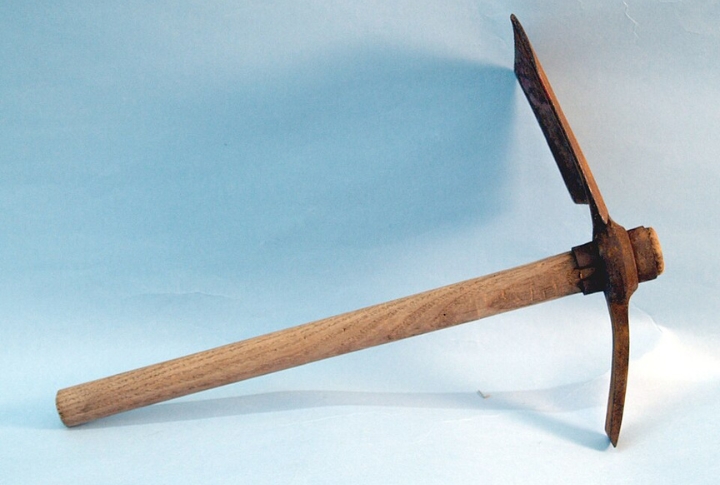
Every soldier knew that safety meant digging in fast, so the compact E-tool was always close at hand. Its clever folding design made transport simple, and when fighting got up close, it turned into a weapon. No wonder it was an indispensable part of every soldier’s kit.
K-Ration Meal Kit
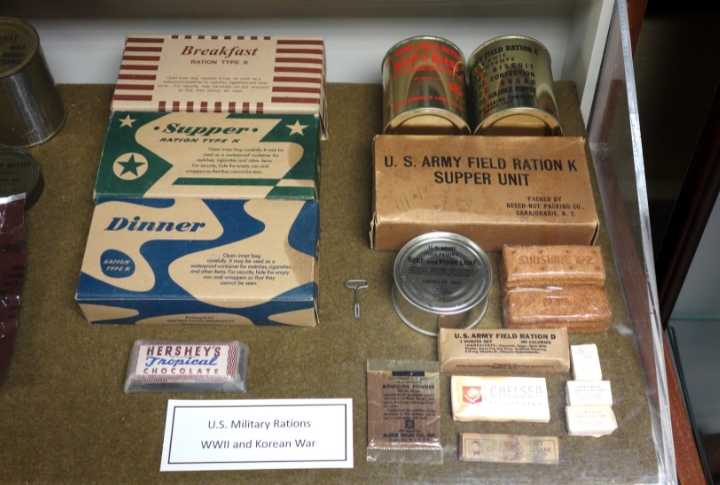
Every K-ration was a compact powerhouse delivering close to 3,000 calories. Inside, soldiers found canned meats, biscuits, candy, and cigarettes. These treats gave soldiers the energy they needed during long combat operations, with some trading items to add some variety to their meals.
M1 Garand Rifle
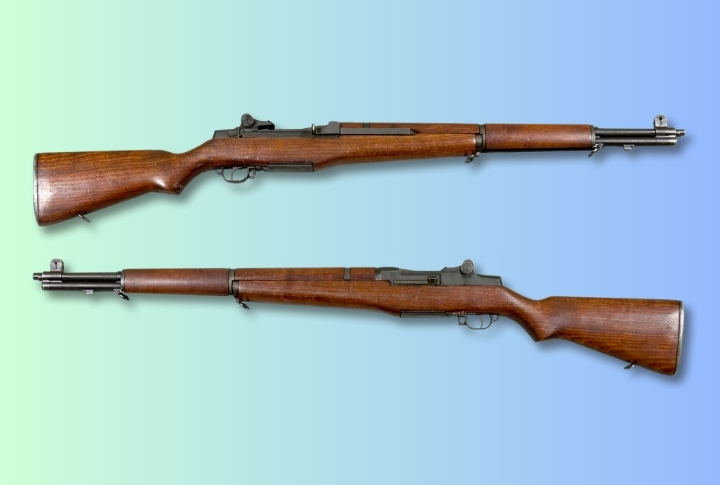
This rifle was the first semi-automatic rifle issued en masse in WWII. Faster than enemy bolt-actions, it earned General Patton’s praise as “the greatest battle implement ever devised.” However, the rifle’s signature “ping” after firing the last round occasionally revealed a soldier’s location.
Steel M1 Helmet
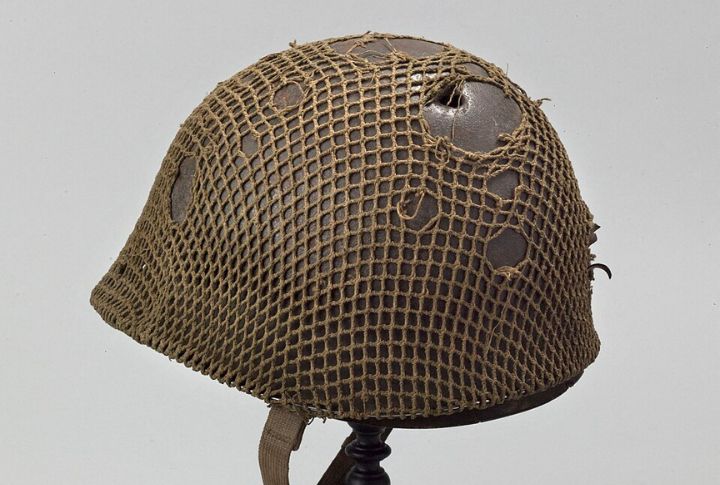
Starting in 1941, the M1 helmet shielded soldiers from shrapnel, but its usefulness didn’t stop there. Its sturdy design lets troops use it as a washbasin or cooking pot when needed, and that’s how—even without being bulletproof—it became a lasting military staple.
Bandolier Ammo Pouches
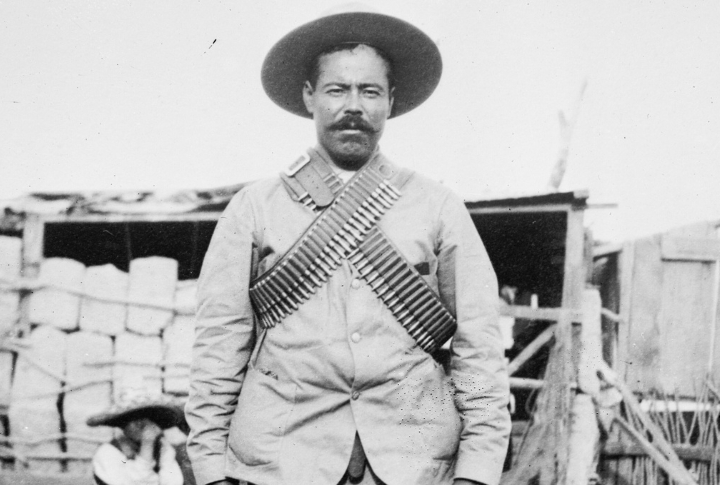
To keep firepower within reach, soldiers used cloth bandoliers across the chest. These pouches held up to 96 rounds for the M1 Garand and helped reduce rattling during movement. Plus, their lightweight design meant faster reloads under pressure, especially during active enemy engagements.
First Aid Pouch With Sulfa Powder
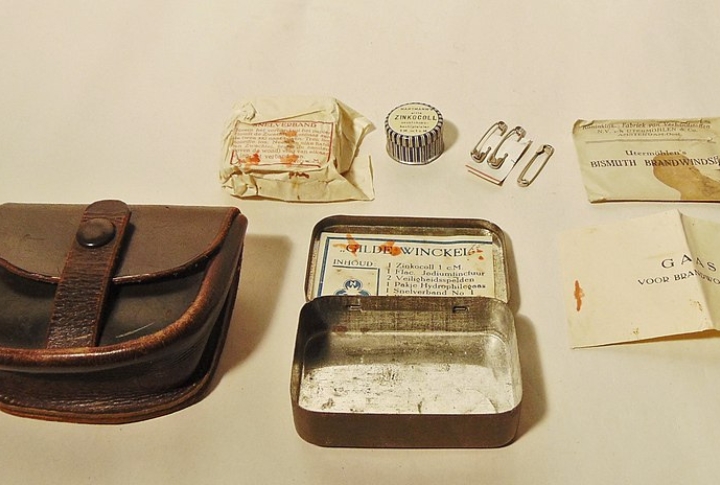
Each soldier carried a pouch containing sulfa powder, bandages, and morphine syrettes to prevent infection and treat wounds. Worn on belts or suspenders for quick access, it became essential for field medics and troops, who relied on its life-saving contents in daily emergencies.
